Seismic Site Class
Understanding your land, above and below
Seismic Site Class
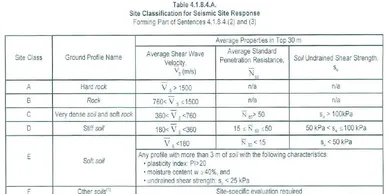
- To assist designers and owners, codes have come to identify six (6) site classes, Classes A to F.
- Each site class predicts different forces acting on the buildings.
- Site Class A is typically for bedrock sites and F for soft soil sites.
- Site Class A will typically be cheaper to build than Site Class F (or even B) for “equivalent” protection of human life and the structure.
Site Class and Cost
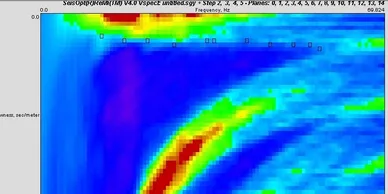
Seismic Design
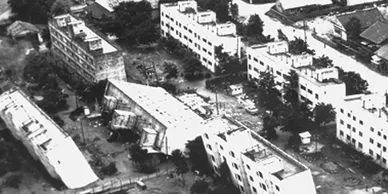
- Events such as in Haiti can occur in susceptible zones (Ottawa Valley, West Coast, etc.).
- When scientists an engineers reviewed seismic damage they found buildings on soft soil sustained more damage than buildings nearby on hard soil or rock.
Seismic Events
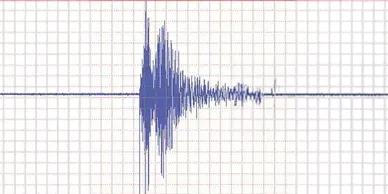
- Earthquakes are seismic events. Seismic events of the earth include accelerations, speeds, and vibrations.
- The U.S. Geological Survey measures about 20,000 seismic events per year. Most events are too small to do damage or to be felt. Every year there are hundreds of felt events and typically 10 or more damaging events occur.
- Events are recorded on tracings showing time and movement/acceleration/speed.
- If seismic events are near cities many people can be killed and buildings destroyed. Damage can be limited or extensive.
- Consider Haiti per World Vision Numbers:
- An estimated 250,000 people died.
- At least 300,000 people were injured.
- 5 million people were displaced.
- Nearly 4,000 schools were damaged or destroyed.
- Over 400,000 homes were destroyed for damaged.
What is An Earthquake?
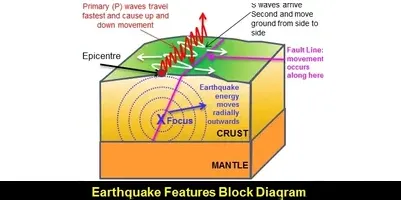
- Whenever adjacent pieces of the earth are suddenly moved relative to each other due to force, the nearby and further way soils and rock, experience related movements. Those movements are earthquakes.
- Typically earthquake waves can travel at 2 km/second to over 10 km/second.
- There is no outrunning an earthquake. That means we have to deal with them if we are in a seismically active area.
Seismic Damage
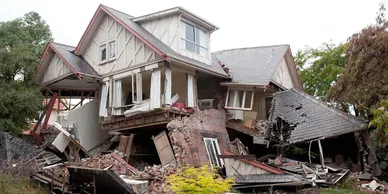
- Seismic damage can be to houses, factories, religious buildings, government buildings, historical structures, bridges, towers and the like.
